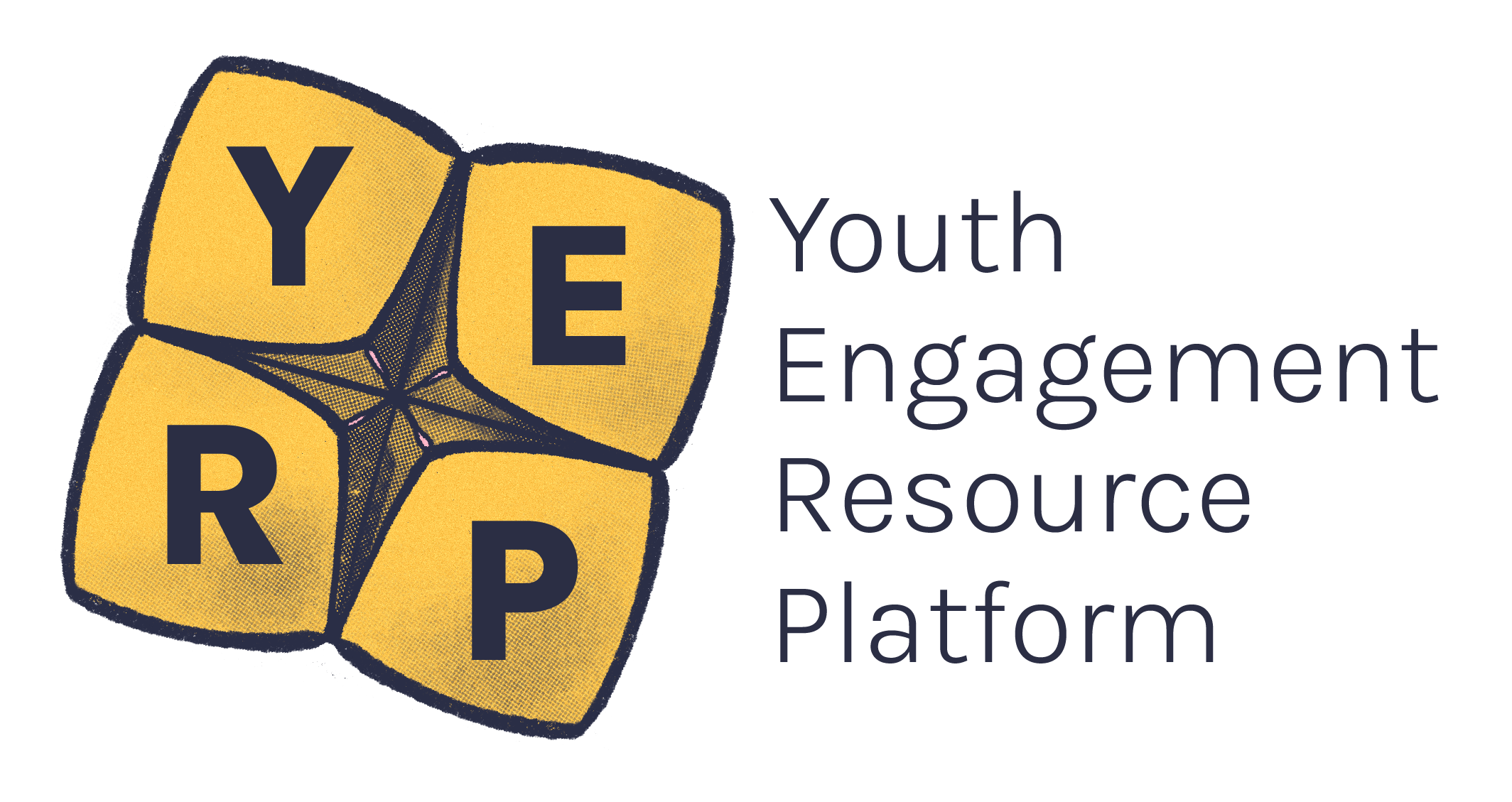Young people with disability just want to be treated like everyone else. When engaging with young people with disability, you have to consider how that person best communicates and how you can respond to that.
–YDAS Co-designer
Language
In Australia, you may have heard people discussing language and disability in the context of ‘person first vs. identity first’.
Identity first language includes ‘disabled person’ or ‘autistic young person’.
Person first language includes ‘person with disability’ or ‘person with an intellectual disability’.
Identity first language positions disability as something integral to someone’s whole identity. YDAS uses identity first language, as this was voted on by the members of our steering committee, who are all disabled young people. This relates to the social model and how it says that people are not disabled by an impairment they have, rather they are disabled by society. It also reflects the disability pride movement which encourages people to own the label of disability.
You can read about why YDAS uses identity-first language in this blog post.
Identity first language is becoming more and more prevalent, as disabled young people claim their identities with pride. You don’t need to use identity first language to have disability pride, but for those who use it, it can be a great way of affirming their pride.
On the other hand, person first language positions disability as one aspect of a person and emphasises personhood first. Person first language is reflective of the disability rights movement, where disabled people across the world were fighting for the right to be seen as people by societies that often did not demonstrate that awareness, or dehumanised disabled people.
You will often see person first language being used by official bodies, such as governments or organisations. Some people might feel that "disabled people" is disrespectful, because they remember a time when it was considered an inappropriate term. It is important to remember that language changes constantly and there can be a lag, delay or disagreement from generation to generation, or even group to group. Being respectful of personal choice is one of the best ways to navigate those differences.
Watch disabled young people talk about how they communicate best
Working with young people
While each person will have different preferences for what language they use, there are some communities who have very specific and strong preferences. Some general examples include Autistic or A capital D in Deaf can refer to the Deaf community or by people who are culturally Deaf. Lowercase d in deaf refers to having hearing loss. Either can also be a preference.D/deaf communities, who generally have a very strong preference for identity first language, largely because of the feeling that it is not possible to separate oneself from these disabilities. On the other hand, people with intellectual disability, and people with acquired brain injuries will very strongly preference person first language, typically because of such a strong history of fighting against dehumanisation, meaning emphasising personhood is especially important.
Labels and language are really important because they help young people find their community and allow them to feel understood in who they are. There is pride in labels and each person is correct in using the language that they want to use about themselves.
Each individual person will have their own preference, and some may even prefer language not mentioned here. Asking questions is the best way to know what language to use. For example:
"What language do you use to refer to yourself?"
"Do you use the term disabled, or something else?"
“Do you prefer disabled person, person with a disability, or something else?”
We all need to respect and use the language that we get in those responses.
Definitely avoid euphemisms and made-up words that make people with disability seem special such as ‘diffAbled’, 'special needs,' ‘people of all abilities’ or ‘differently abled’. These euphemisms can make people feel othered, patronised, condescended to or like they aren't 'normal.' Having a disability is normal to people who have them. Having a disability isn’t necessarily bad, it is just a natural part of the human experience.
Slurs and treating people unfairly because they have a disability.ableist language are more common than you think. Click this link to see a list of terms to avoid along with suggested alternatives.
Below are some other common words.
|
Instead of using |
Try using |
||
|
‘abnormal’ or ‘special’ |
Person with disability or disabled person |
||
|
'special needs' or 'diversabilities' |
'access needs' |
||
|
‘the blind’ or ‘the deaf’ |
Person who is blind or D/deaf person |
||
|
Words or phrases with negative connotations: ‘crazy’, ‘insane’ or ‘mad’ |
Use the appropriate clinical name: ‘person with schizophrenia’ or ‘person with a mental illness’ |
||
|
‘dwarf’ |
‘little person’ or ‘person of short stature’ |
||
|
‘wheelchair bound’ – people use wheelchairs as an access tool, they are not bound to them. Bound can imply helplessness or a lack of agency or control. |
‘wheelchair user’ |
||
|
‘fit’ or ‘attack’ |
‘seizure’ |
||
|
‘suffers from’ or ‘afflicted with’ |
‘has’ |
||
Some other things to consider:
Here are some points directly from our disabled young co-designers:
- "Hearing us is not enough. Listen to us and respect what we say."
- "Not everyone wants to talk about their disability. Don’t talk about it unless necessary."
- "People communicate in a variety of ways. Make sure you communicate with people in a way that works for them."
- "Ask questions to check if you understand what’s been said."
-
"It's also worth noting, that some people from particular groups choose to reclaim slurs, this doesn't mean it's okay for others to use them."
- "Don’t patronise or talk down to people with disability. We’re people – focus on the person, not the disability!"
Read more:
Communicating with young people who are deaf/Deaf/hard of hearing – Expression Australia.



